How people in 1893 imagined we'd dress in the the future
The ideas are based on the principle that fashion had moved in 'waves' over the 19th Century, and would do so in the 20th

Your support helps us to tell the story
From reproductive rights to climate change to Big Tech, The Independent is on the ground when the story is developing. Whether it's investigating the financials of Elon Musk's pro-Trump PAC or producing our latest documentary, 'The A Word', which shines a light on the American women fighting for reproductive rights, we know how important it is to parse out the facts from the messaging.
At such a critical moment in US history, we need reporters on the ground. Your donation allows us to keep sending journalists to speak to both sides of the story.
The Independent is trusted by Americans across the entire political spectrum. And unlike many other quality news outlets, we choose not to lock Americans out of our reporting and analysis with paywalls. We believe quality journalism should be available to everyone, paid for by those who can afford it.
Your support makes all the difference.As the end of the year approaches, experts and pundits start rolling out their predictions for next year, and the year to come.
But seeing into the future is a bit more challenging than these predictions make it seem — as the fascinating images below demonstrate.
These fantastic visions of what fashion would look like in the future were published by W. Cade Gall in The Strand Magazine in 1893.
The ideas, which were recently featured in The Public Domain Review, are based on the principle that fashion had moved in "waves" over the 19th Century, and would do so in the 20th.
As it turns out, fashion did move in waves over the 20th Century, but not quite in the way Gall imagined.
Here is what people were wearing at the time the article was published, in 1893:
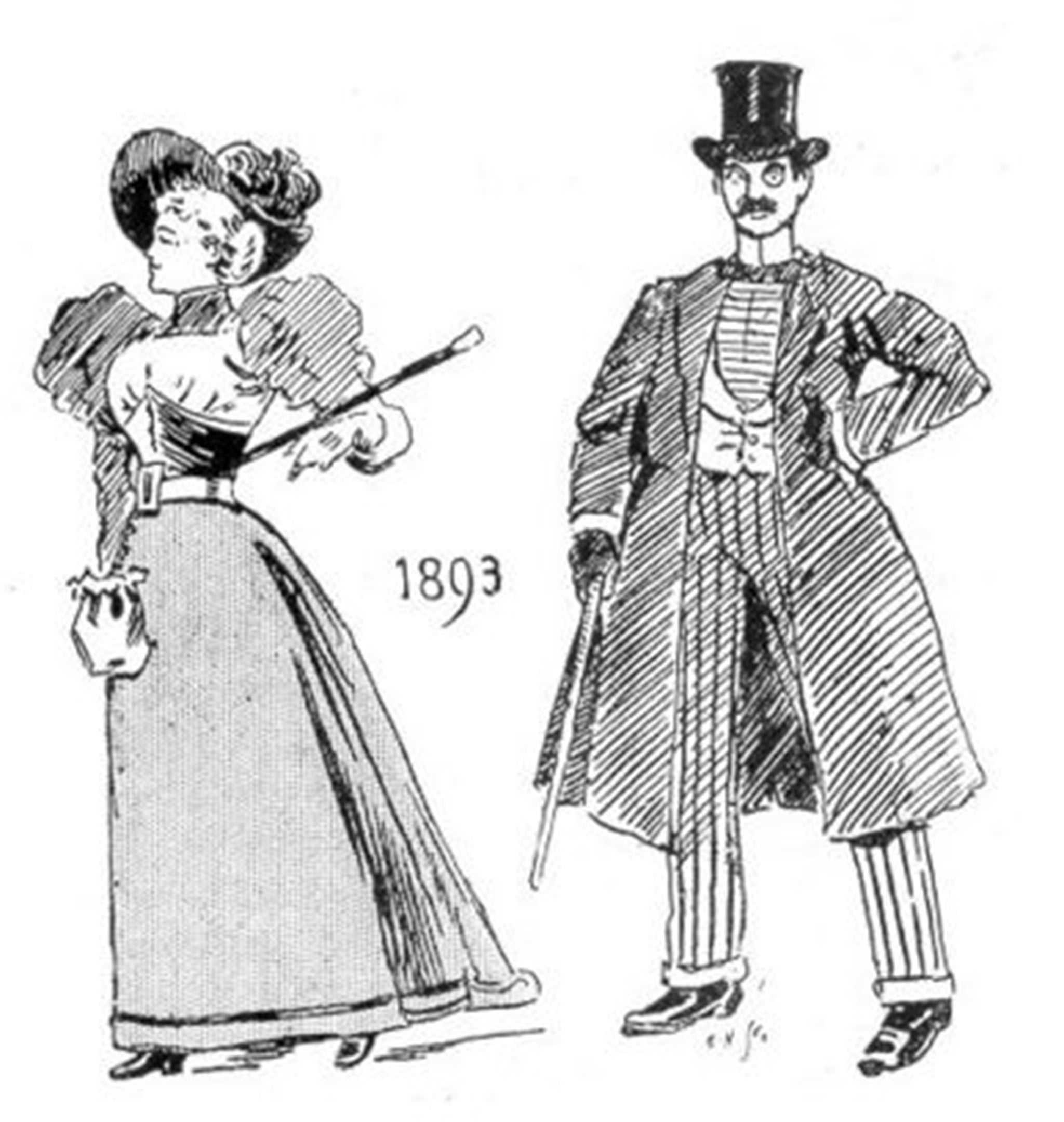
As the decades progress, however, these fashions become more and more frilly and comical, seemingly channeling medieval court jesters and the Wizard of Oz.
Here's what Gall envisioned for the 1900s and 1910s:
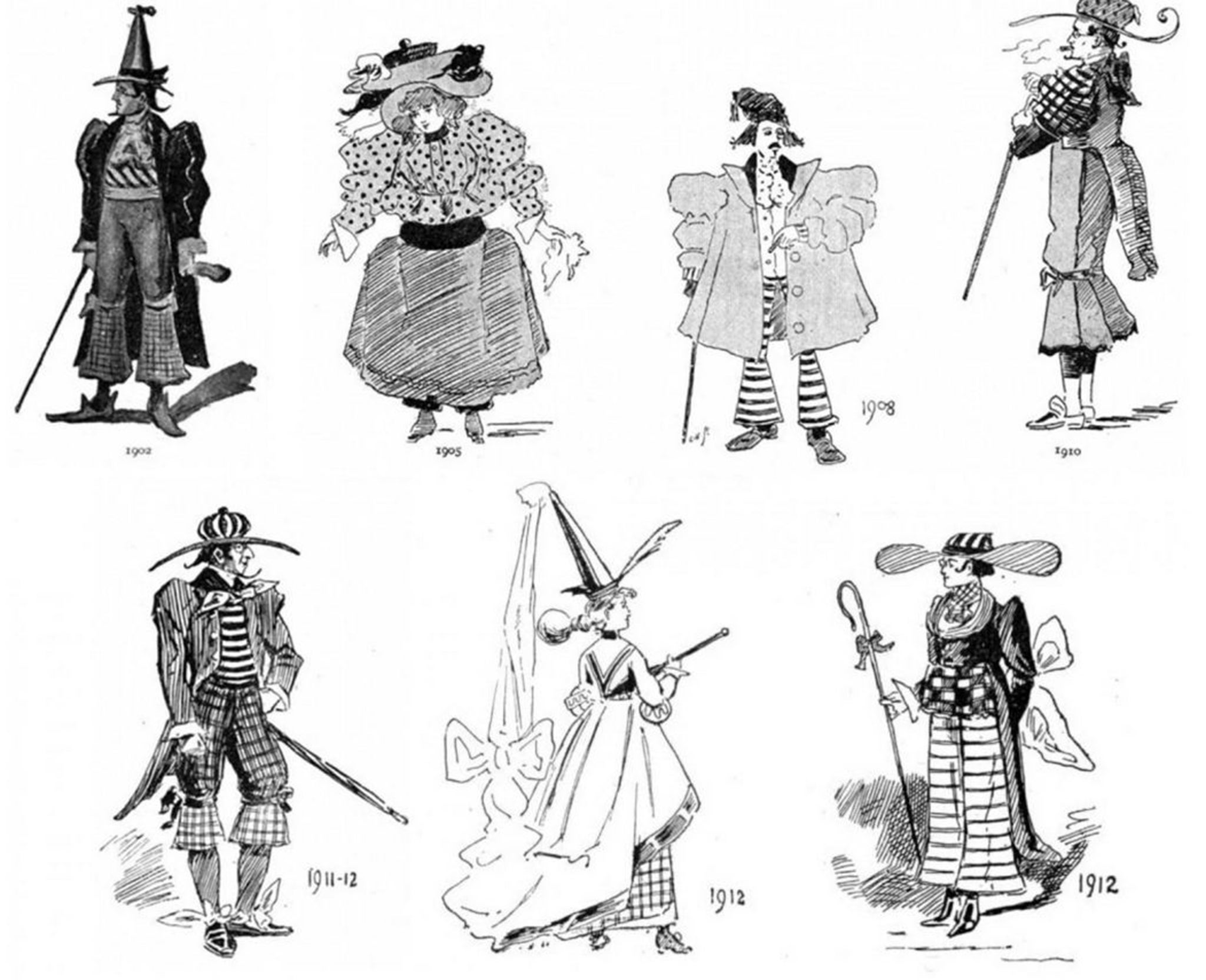
And the 1920s:

The 1930s:
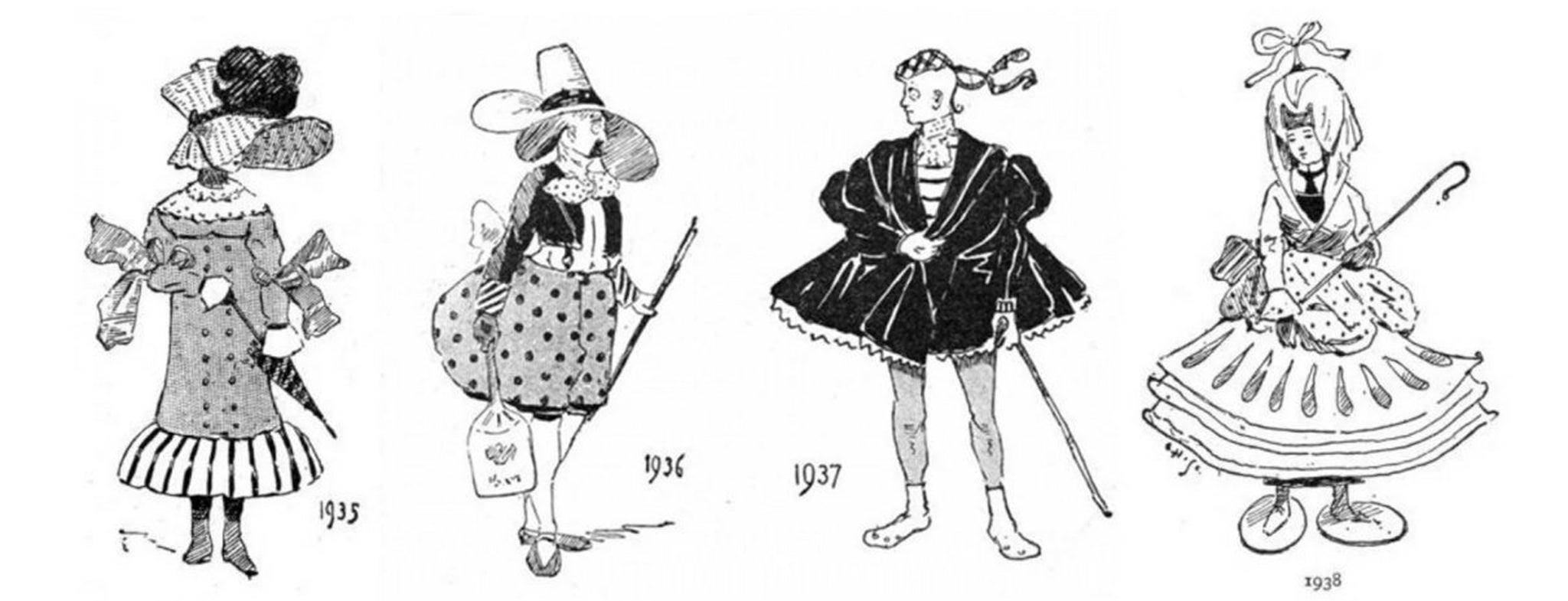
The 1950s:
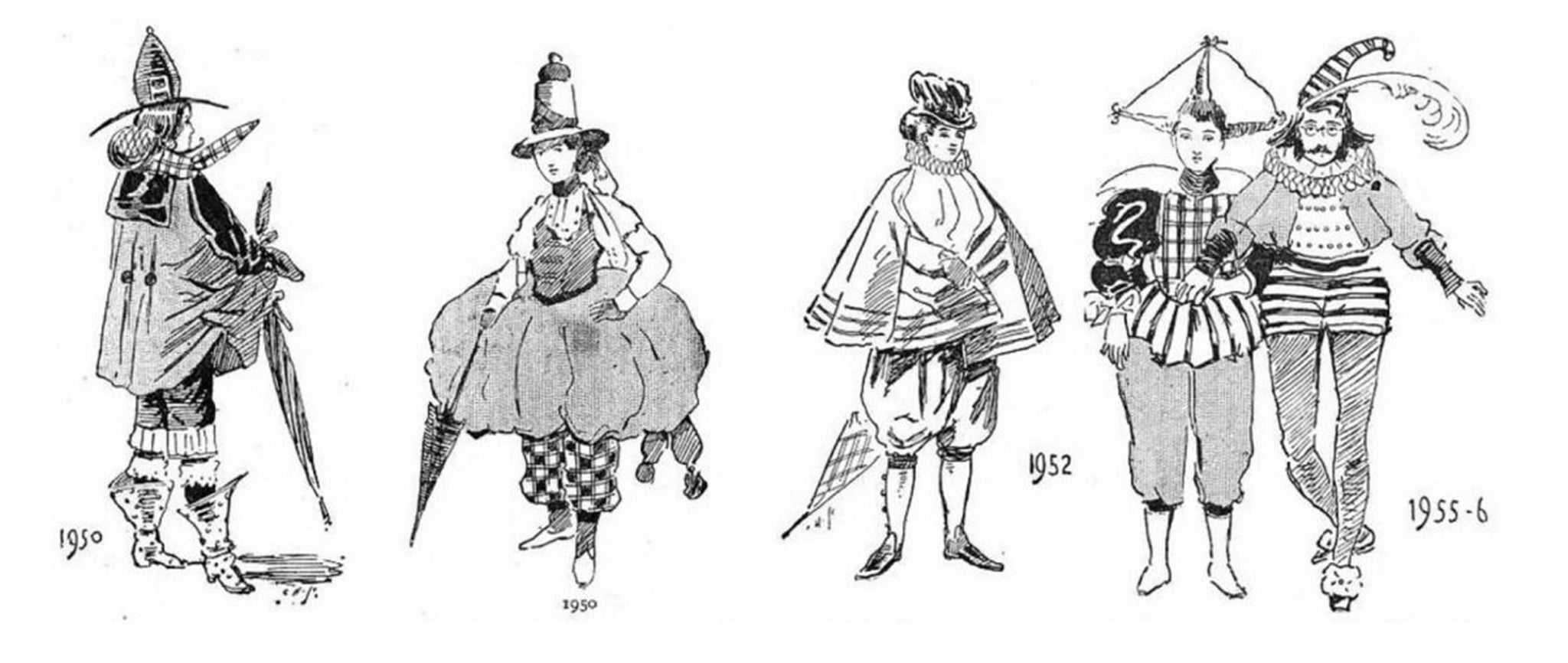
The 1960s:
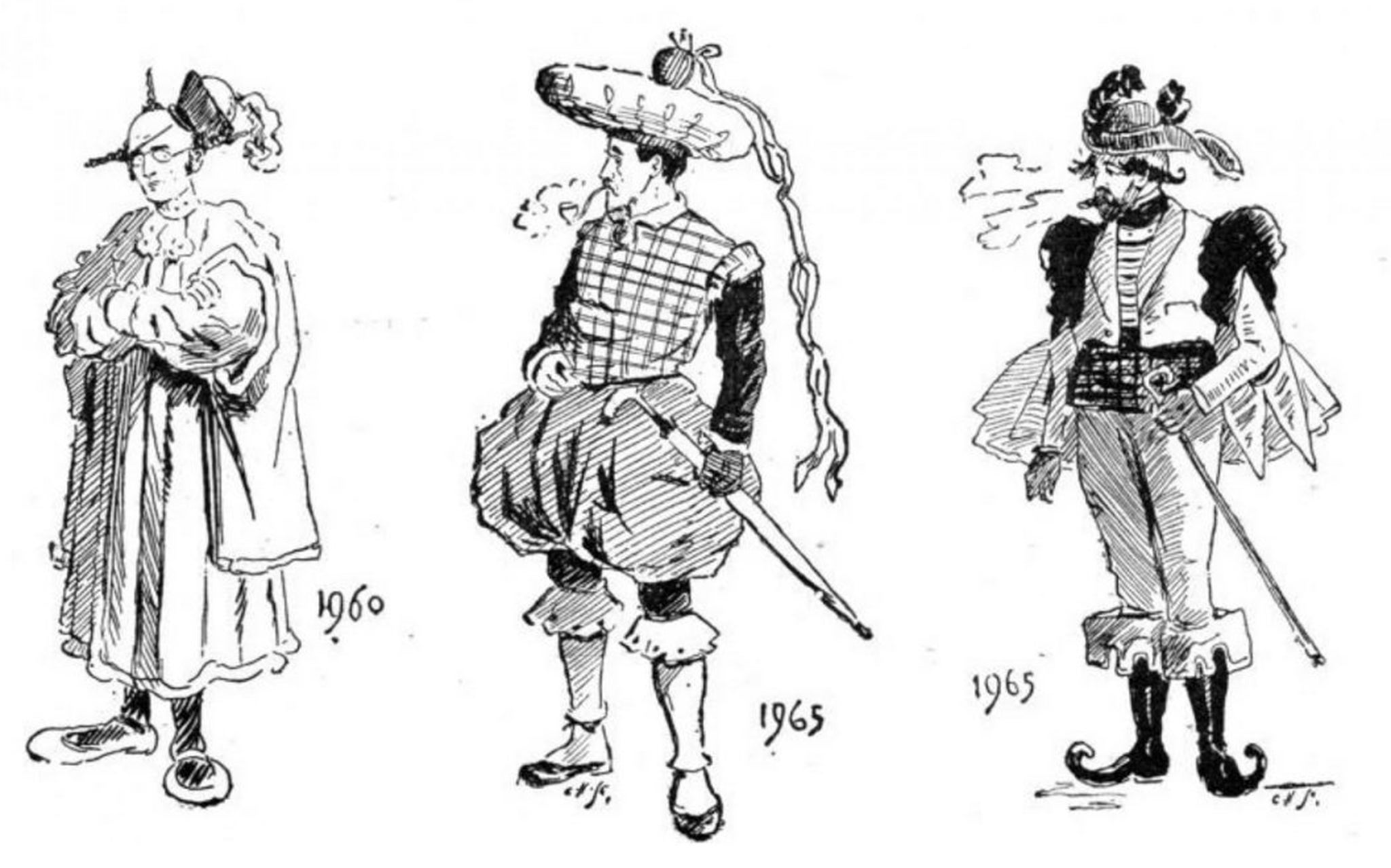
The 1980s:
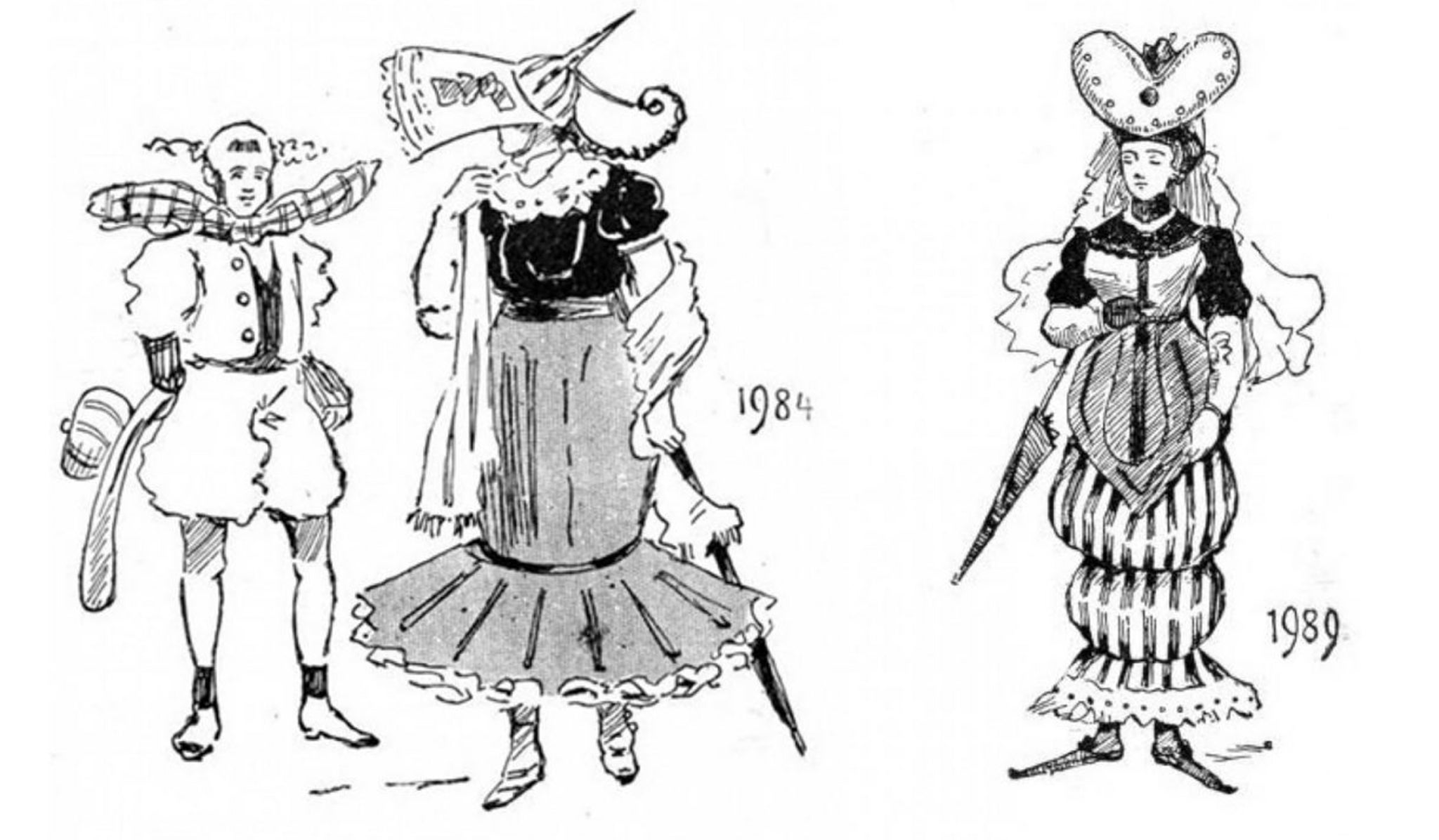
And, finally, 1993:
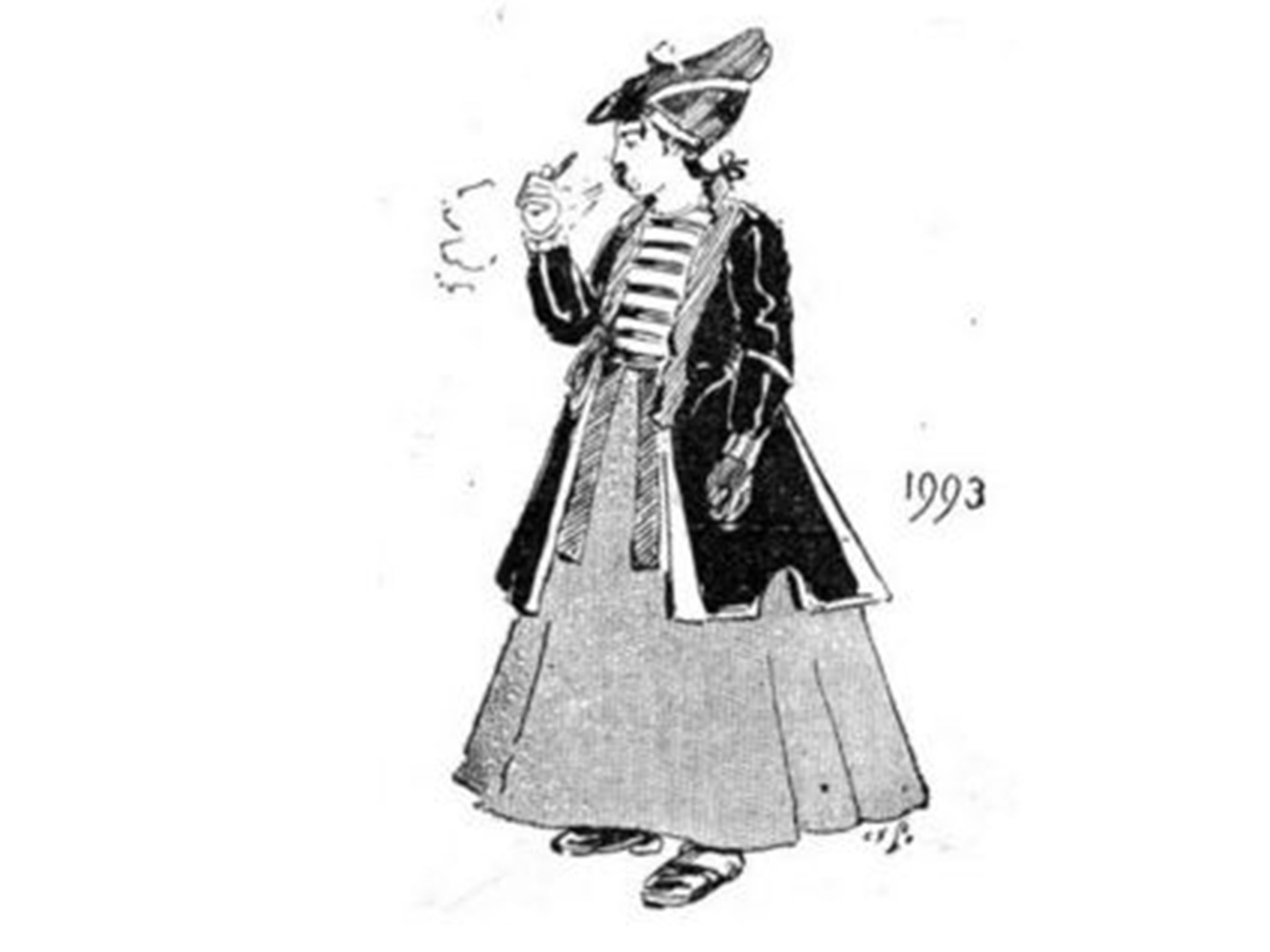
© Washington Post
Join our commenting forum
Join thought-provoking conversations, follow other Independent readers and see their replies
Comments